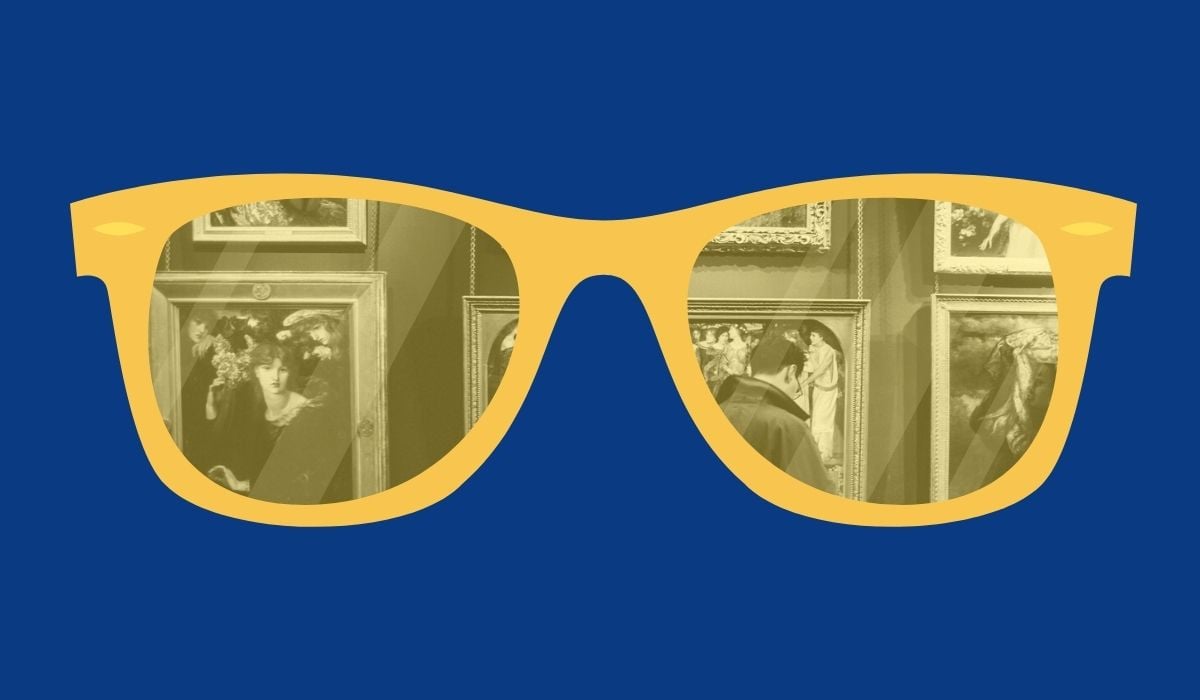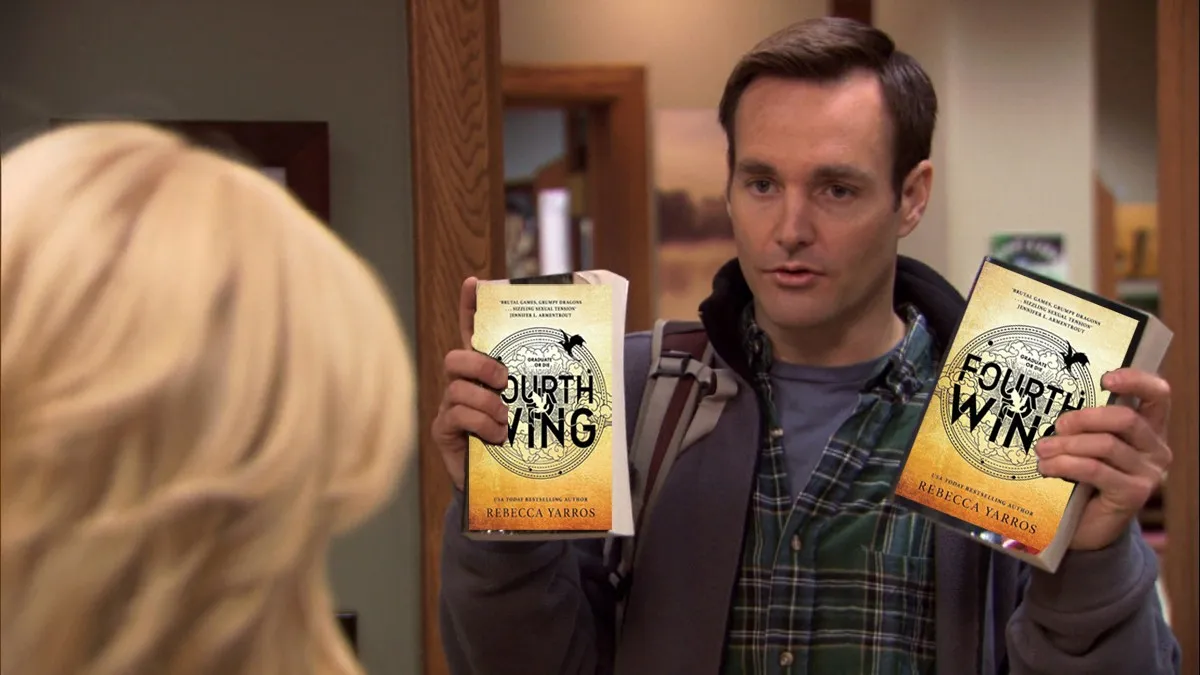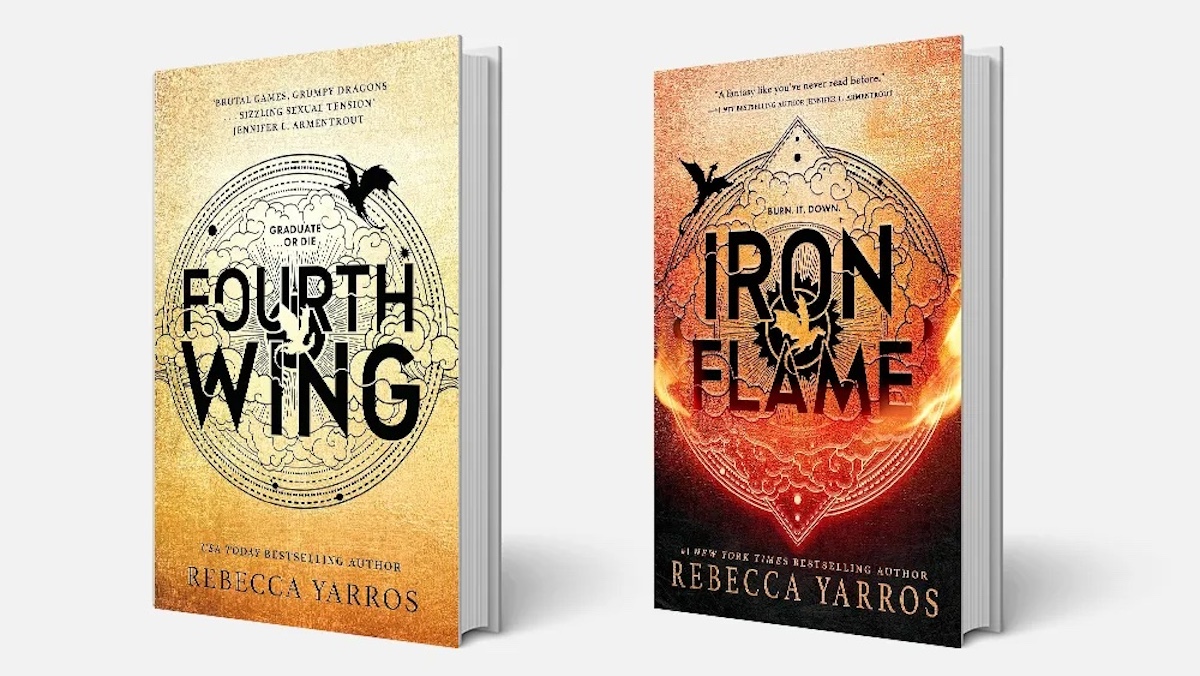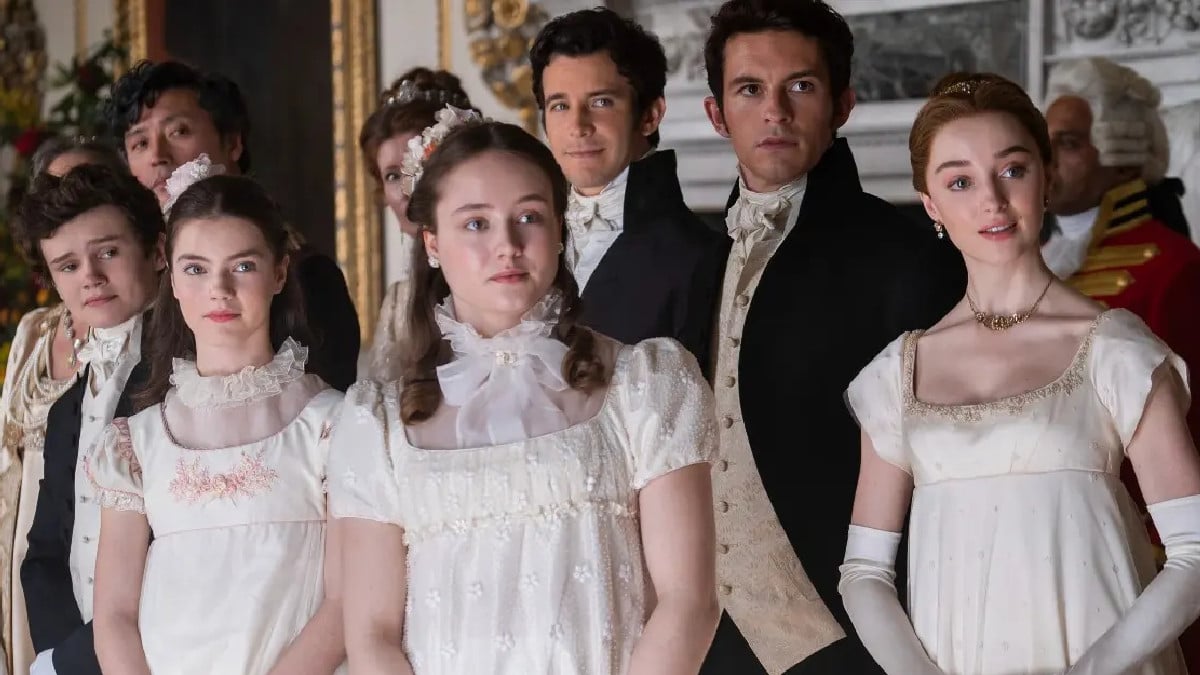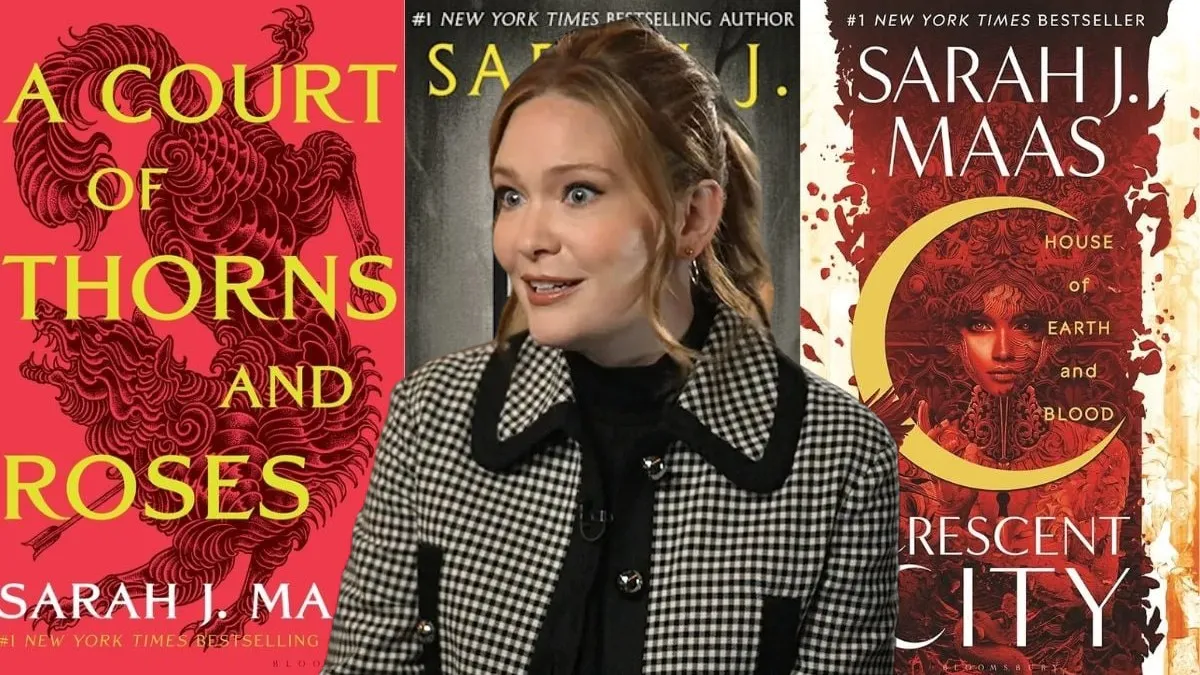Next week, Grace Li’s debut novel Portrait of a Thief releases, and I’m not going to lie—this is one of my most anticipated novels of 2022. Marketed as Oceans Eleven meets The Farewell, the novel follows a group of young Chinese American college students, invited by a Chinese benefactor to pull off a massive heist.
While I’m not sure if I’ve ever read a heist novel, I have a soft spot for morally complex heist movies. My adoration for mini coopers is 100% linked with the number of times my sisters and I watched the 2003 remake of The Italian Job. Then, as I finished up my undergrad degree in Art and Design and explored Museum Studies in grad school, I learned the messy nature of provenance (record of ownership), state-financed cultural theft, object stewardship, and the complications (and necessity) of repatriation. Let’s just put it like this: When my jaw dropped when Killmonger had that conversation before the heist in Black Panther, I wasn’t surprised about what he said, but that Marvel (thanks to director Ryan Coolger) went there. Iconic.
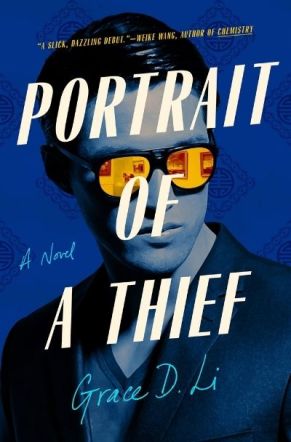
All this and more already had me super excited for Li’s novel, but you know what put me over the top? Real-life events inspired this book! A string of transnational heists in the 2010s raised big questions and inspired Li’s story.
The real story behind Portrait of a Thief
Beginning back in 2010 in Stockholm, a person (or, more likely, persons) looted several works of Chinese art from Drottningholm Palace in under six minutes. Though the authorities were alerted, the police were attending a random car fire on the other side of the city. Over several months, other Chinese artwork disappeared in a similar, ultra-careful manner in cities across Europe (Gergen, England, Cambridge, Paris, etc.), all between just two and eight minutes in total for each heist.
Though some of the institutions involved in these heists held exclusively Chinese works, many of them also displayed much non-Chinese artwork that was left entirely alone. For example, in a French estate totaling 1,500 rooms, looters only took Chinese artifacts, out of everything there. A vast majority (if not all) of the work that disappeared in these heists had made its way out of China during a period after the First Opium War to the end of World War II, known as the Century of Humiliation, describing Western nations’ treatment of China at the time. One oft-cited example of Chinese artwork taken by other nations at the time is work stolen from the Old Summer Palace right before the French torched the estate (after taking valuables back to Europe) in 1860. It was so bad that Queen Victoria’s Pekingese dog (the first of its breed to arrive in England) was named “Looty.”
Responses to the heists
The two leading theories (and interlinked theories) are that the newer class of Chinese billionaires orchestrated the heists, and the Chinese government greenlit the venture. The Chinese government (and the Chinese Poly Group) denounced the accusations. After a rumor arose that one of the works of art was on display at a Shanghai airport, the investigation was quickly quashed due to diplomacy concerns. None of the other missing artwork has shown up since. While attitudes in and around China are very different (legally and culturally), this work is considered stolen by European standards and, therefore, can’t be publicly exhibited or legally sold.
Many countries (and regions) on the receiving end of China’s imperialism (before the Century of Humiliation, but also certainly after) feel that the Chinese government voicing (since the ’90s) that these artifacts must be returned and respected is the pot calling the kettle black. The same can be said for the European nations dubbing these heists as “theft” when much of the artwork and artifacts held in museums and private collections were taken under coercion or outright stolen in the first place. As much as The British Museum is dragged for this (and they do deserve it), this is common for art on display in public and private institutions throughout the world.
Though the art world (especially those that work within antiquities or Asian art) knew about this string of crimes, the broader public awareness came from a 2018 GQ article entitled “The Great Chinese Art Heist.” Much to China’s chagrin, Jon Chu is set to direct a film entitled The Great Chinese Art Heist. Also, Netflix scooped up television rights to Li’s novel, with Li set to executive produce the project.
Parallels to Li’s novel
This mysterious and nuanced examination of the ownership of art is also very present in Li’s book. Questions of who has the right to claim what is right, amidst the remnants (and current existence) of colonialism, imperialism, and assimilation, remains a pressing topic.
Class and racial dynamics are also big players in both the novel and the real-life situations. The class of Chinese billionaires seeks to purchase much of the work looted during the Century of Humiliation (for various reasons.) However, between sinophobia, immeasurable value, and/or the items also holding a degree of sentimental value, not every artwork can be repatriated through traditional means (a.k.a. “legal” buying and selling). In Li’s story, the benefactor tasks five college students with stealing artifacts for a life-changing $50 million—an offer that could not only pay off student debt but allow their families some rest.
The college student protagonists of Li’s novel each come from different perspectives of the Chinese American experience. Some have a deep connection with China, as they regularly visit family in China. In contrast, others struggle with the disconnect, as they are the children of immigrants who could only afford to look forward in hopes of a better life. Each will need to grapple with the questions above about ownership, authenticity, and what they owe or don’t owe to different parts of their identity.
Portrait of a Thief: A Novel by Grace Li releases on April 5.
(featured image: Alyssa Shotwell)
—The Mary Sue has a strict comment policy that forbids, but is not limited to, personal insults toward anyone, hate speech, and trolling.—



